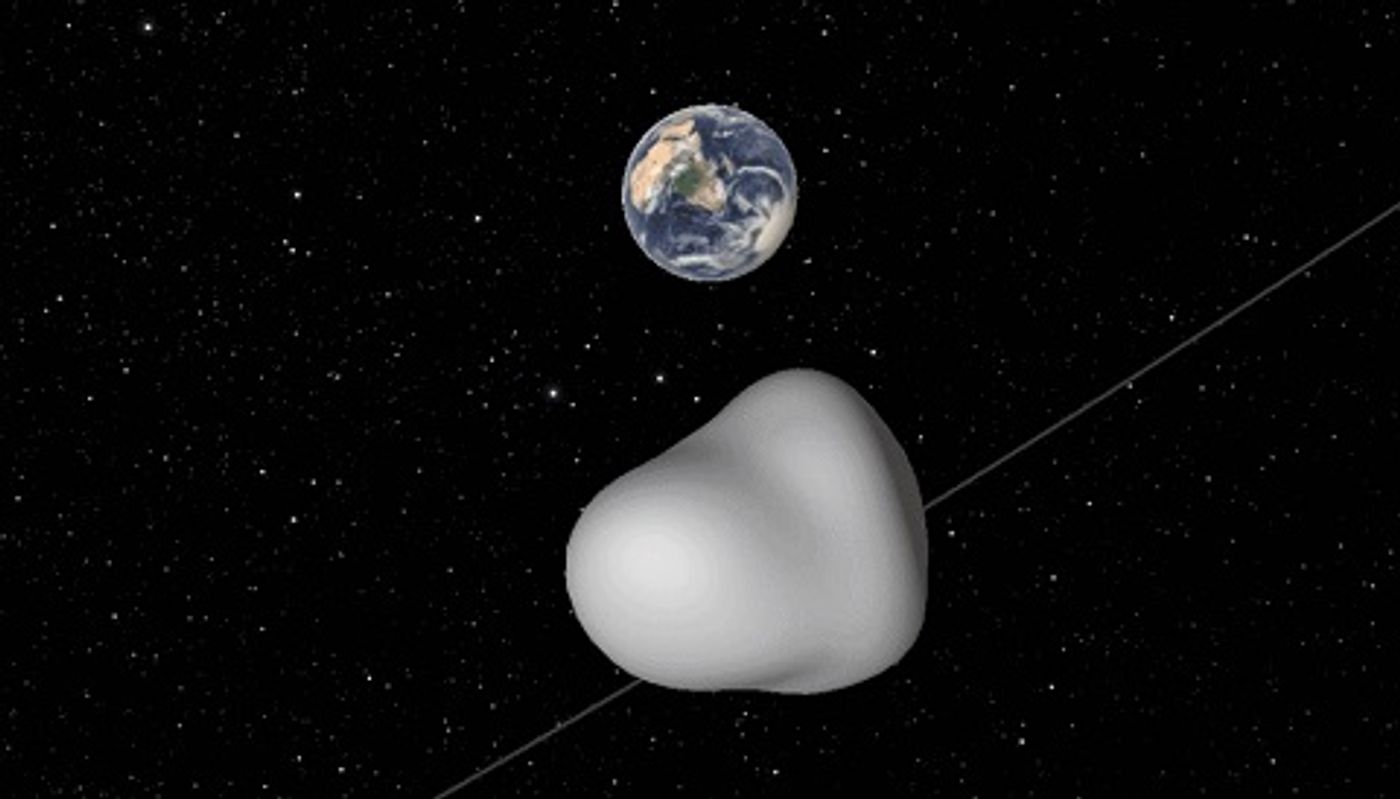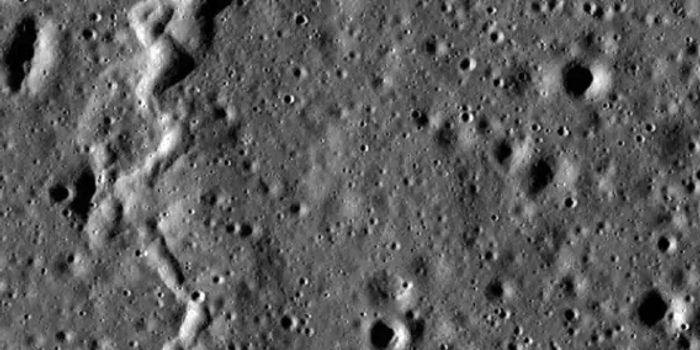2012 TC4 Asteroid Flyby Was a Valuable Learning Experience for Astronomers
Astronomers watched and waited at approximately 1:42 A.M. Eastern time on Thursday morning as asteroid 2012 TC4 zoomed past our planet. It came within a distance range of 26,000-27,000 miles despite Initial calculated estimates putting the asteroid some 31,180 miles away.
Image Credit: NASA/JPL
For comparison, Earth’s moon resides 238,900 miles away, so 2012 TC4 came nearly nine times closer to our planet than our planet’s natural satellite.
Traveling at an incredible speed of 16,000 miles per hour (relative to the Earth), the house-sized space rock made a closer-than-expected encounter with many of our communications satellites, some of which reside about 22,000 miles away from Earth.
NASA and other credible space entities said from the beginning that 2012 TC4 posed no threat of colliding with Earth, and it seems as though they were right. Anyone whose asteroid collision phobias were on the fritz last night can finally return to a relaxed state of mind once more.
Despite some people’s unease about close encounters with space rocks, astronomers everywhere saw the event as a fascinating opportunity to study an asteroid up close – and that’s just what they did.
Dozens of observatories from around the world, including those tied to the International Asteroid Warning Network, paid close attention to 2012 TC4 last night as it passed. The asteroid could be seen flying over the Pacific Ocean, just north of Antarctica and south of Australia.
The observations helped experts study the body’s trajectory and movements. Whenever 2012 TC4 comes near the Earth, our planet’s gravity influences its trajectory, sending it on a different path with an increased orbital period each time. Studying the latest pass will aid experts making more accurate predictions about future passes.
Related: FEMA and NASA are working together to plan for asteroid emergencies
2012 TC4’s trajectory wasn’t the only aspect that made examining this pass so vital. Experts also note how it posed a contributory role in testing integral parts of the International Asteroid Warning Network.
Observatories involved in this network studied 2012 TC4 for weeks before its arrival, and will purportedly monitor it some more as it departs our general vicinity.
By using this pass as a type of ‘fire drill,’ so to speak, experts can realize longstanding goals of developing mechanisms that monitor potentially-threatening space rocks. The likes of these tools could and save lives when the time comes.
Related: When it comes to asteroid collisions, size does matter
While we’ve been fortunate so far, a day will ultimately come where a sizeable space rock heads directly for Earth. It’s not a matter of “if,” but “when,” and it’s better to be prepared than not.









